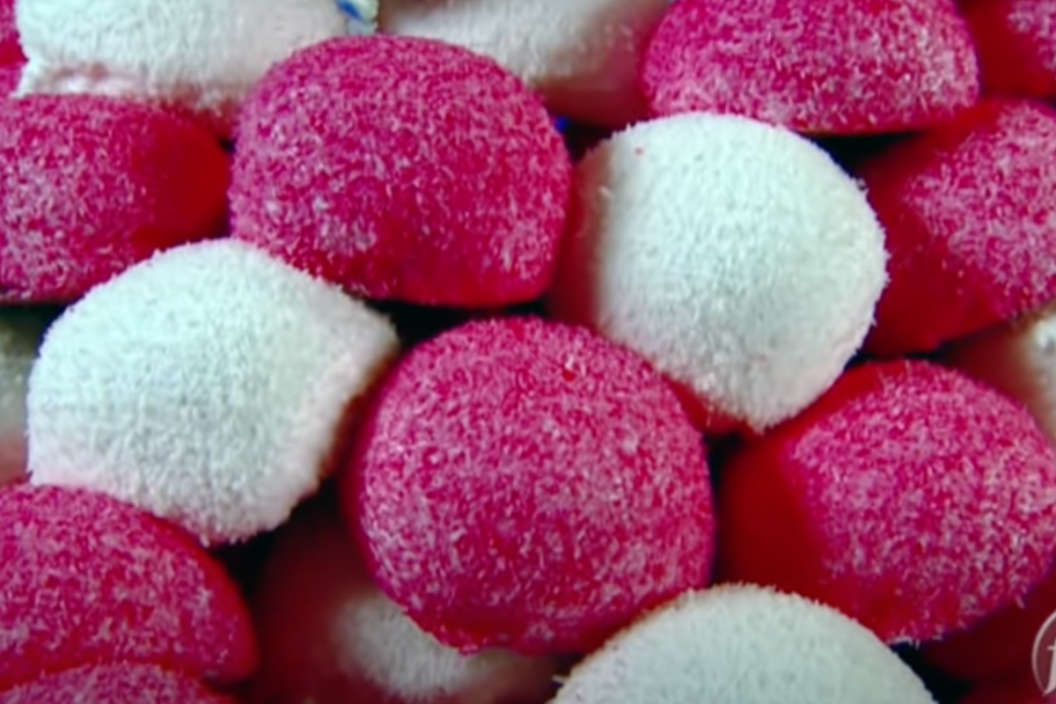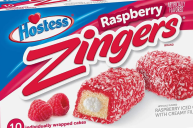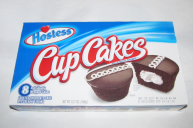Depending on where you live in the country, snowballs may conjure up a different image. If you live in the midwest you may think of an ice cold ball of snow and ice to throw at your neighbor. If you're a sweets lover, you might think fondly of childhood memories eating Hostess Snoballs. If you live in Louisiana, you immediately think of a New Orleans Snowball snow cone.
Hostess Sno-balls have been around over 60 years and have quite a unique history. They've competed alongside Twinkies and other Hostess brands treats like Hostess chocolate cupcakes. Let's dig into the unique history behind this beloved dessert.
History of the Hostess Sno-Ball
The Sno-ball was invented in 1947, right after there was nationwide rationing of flour, sugar post World War II. They became insanely popular since many Americans had been deprived of cakes and sweets. The first iteration was just a chocolate cake covered in marshmallow and coconut. If you look closely, the cake is just a chocolate cupcake turned upside-down.
It wasn't until 1950 that the Sno-ball got its creme filling. It's actually the same cream filling hostess uses in Twinkies and their other snack cakes. Originally, Hostess just sold a white Sno-ball. To jazz it up, they added their signature pink color to the coconut flakes. The Snoballs were never single-serve, because having two of something is always better than one. Even though there are several rotating colors, the Sno-ball flavors remain the same.
New Orleans Snoball
Snowball stands are a New Orleans staple during the summertime. A snowball is fluffy shaved ice topped with sweet syrup and other mix-ins. The flavor options are endless depending on which stand you go to. You're sure to find your favorite flavor no matter if its blue raspberry, wedding cake, strawberry, or banana. If you really want to up your snowball game, top it with condensed milk or ice cream for the ultimate sweet treat.
Snowballs of the New Orleans variety were invented in the 1930s by George Ortolano and Ernest Hansen. They've become such a staple that you can find a stand on almost every corner from Mardi Gras in the Spring, until the end of Summer.
Products featured on Wide Open Eats are independently selected by our editors. However, when you buy something through our links, we may earn a commission.





